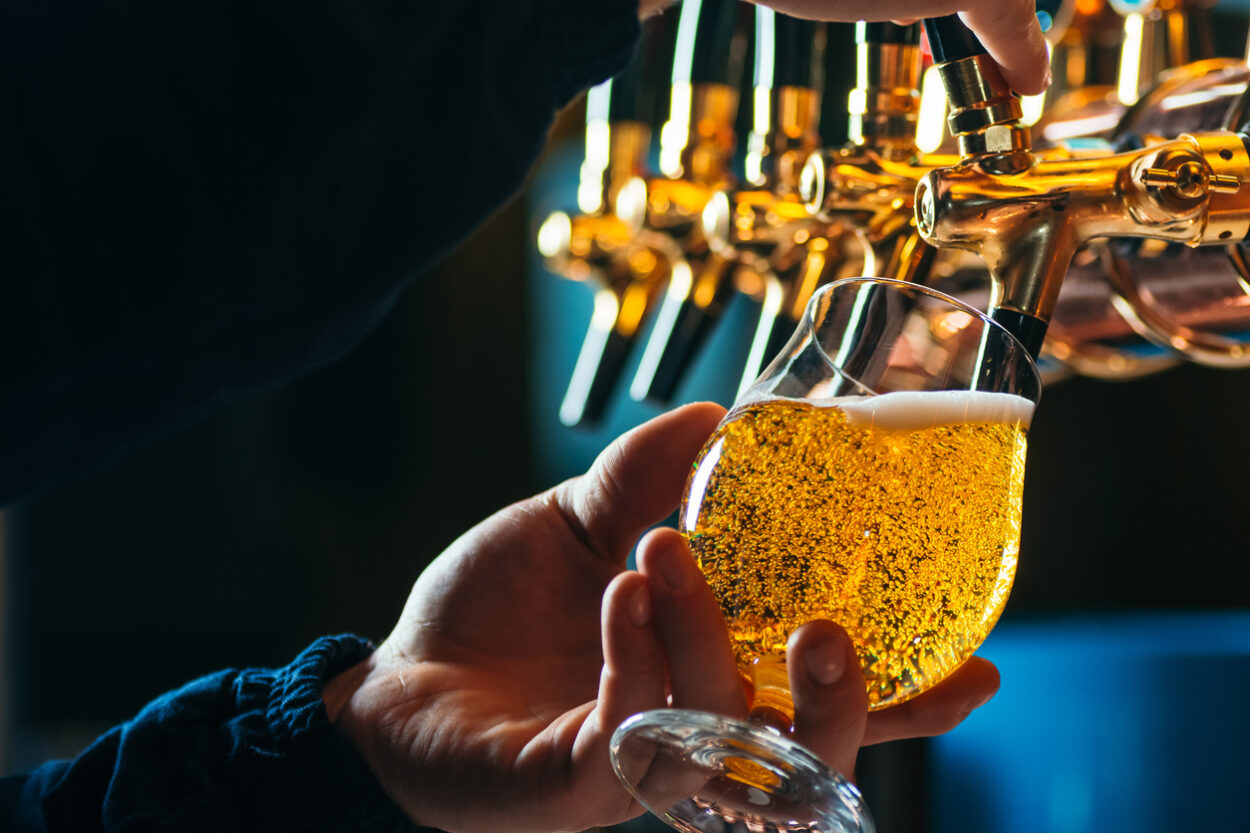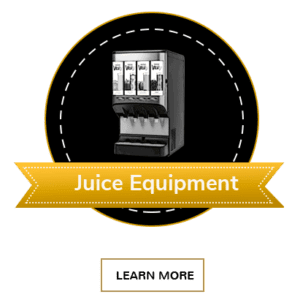
It’s an old adage, but it’s true. Draft beer taste is just better. Assuming the bar staff is competent, and the draft lines are appropriately cleaned, draft beer provides the best overall experience. The question is why. What makes a keg so much better than a bottle or a can? Why does draft beer taste better?
The truth is that several factors contribute to the higher level of flavor integrity we can expect from a draft beer. According to the experts, process, time, temperature, light, and carbonation all contribute to the difference we notice when comparing draft beers to canned or bottled options.
For all your beer systems needs, SC Beverage has you covered.
Pasteurization
In almost all cases, draft beer is not pasteurized. Pasteurization is a process that heats liquids to kill bacteria that would otherwise thrive in that environment. Because bottles and cans are typically stored for long periods in a variety of temperature ranges, pasteurization is necessary to ensure that your beer is safe to drink when you crack open that lager or IPA. Draft beer, on the other hand, is transported and stored below 50 degrees Fahrenheit, a temperature that prevents bacterial growth. Unfortunately, pasteurization does change the flavor of your beer by bringing the liquid up to about 140 degrees Fahrenheit.
Time
Fresher is always better, especially if you prefer hoppy beers like IPAs. Responsible bar owners will typically only order enough kegs to get them through the week, ensuring that their customers receive the best product. By contrast, bottles and cans could be months old by the time you pick up that six-pack at your local corner store. Most beers do not age well due to oxidization, so draft gains a major advantage. Bar owners and brewers suggest that you can elevate your experience further by asking your local bartender what kegs came in most recently.
Temperature
Regardless of the proper serving temperature of your beer, consistency is key. When bottles and cans are distributed, there’s no telling how many times they are warmed, chilled, or left in blazing heat. The variation and heat both contribute to the rapid aging of your beer. Kegs, on the other hand, are constantly kept in a cold environment, preventing the deterioration of the product during distribution.
Light
If you’ve ever picked a lovely, imported wheat beer from the bottom shelf of a Bevmo and opened it to find the beer was bitter or rancid, you’ve experienced a “skunked” beer. This is far more common in light-colored bottles and is the result of UV light passing through the glass. By going with a draft option or merely opting for a can, you can avoid this entirely. However, keep in mind that some beers, like Corona or Heineken, actually rely on a little UV light exposure to give their beers the right finish. If you love the touch of bitterness in these beers, opt for the bottle.
Carbonation
Americans love their fizzy drinks, and beer is no exception. In fact, it’s one of the reasons you enjoy that draft beer taste at your favorite bar so much. You see, the draft lines rely on pressure to deliver beer from the keg to the tap. To create this pressure, CO2 and/or Nitrogen are used, giving your beer its slight fizz and more noticeable foam head.
Drinking Draft
Simply put, draft is usually better in a well-managed bar or restaurant. Industry experts suggest looking for bars that are sufficiently staffed and at least moderately busy. You can also ask how often they clean their draft lines. If your bartender seems taken aback, ask for a can or a bottle. However, you can easily remove all doubt by just having your own system. So, if you’re looking to upgrade your restaurant or simply want to be the most popular house on the block, contact SC Beverage to discuss your draft system needs.











